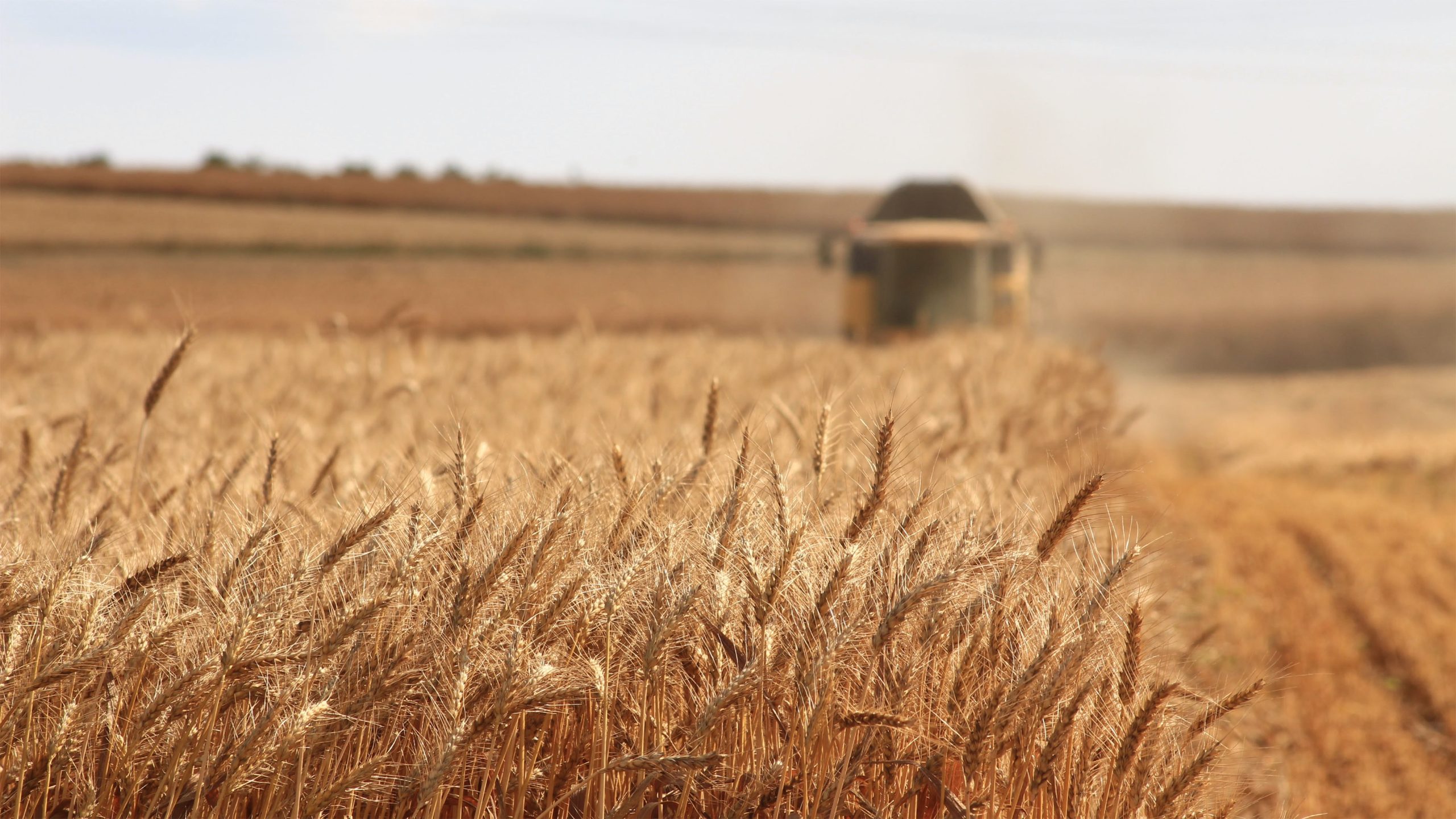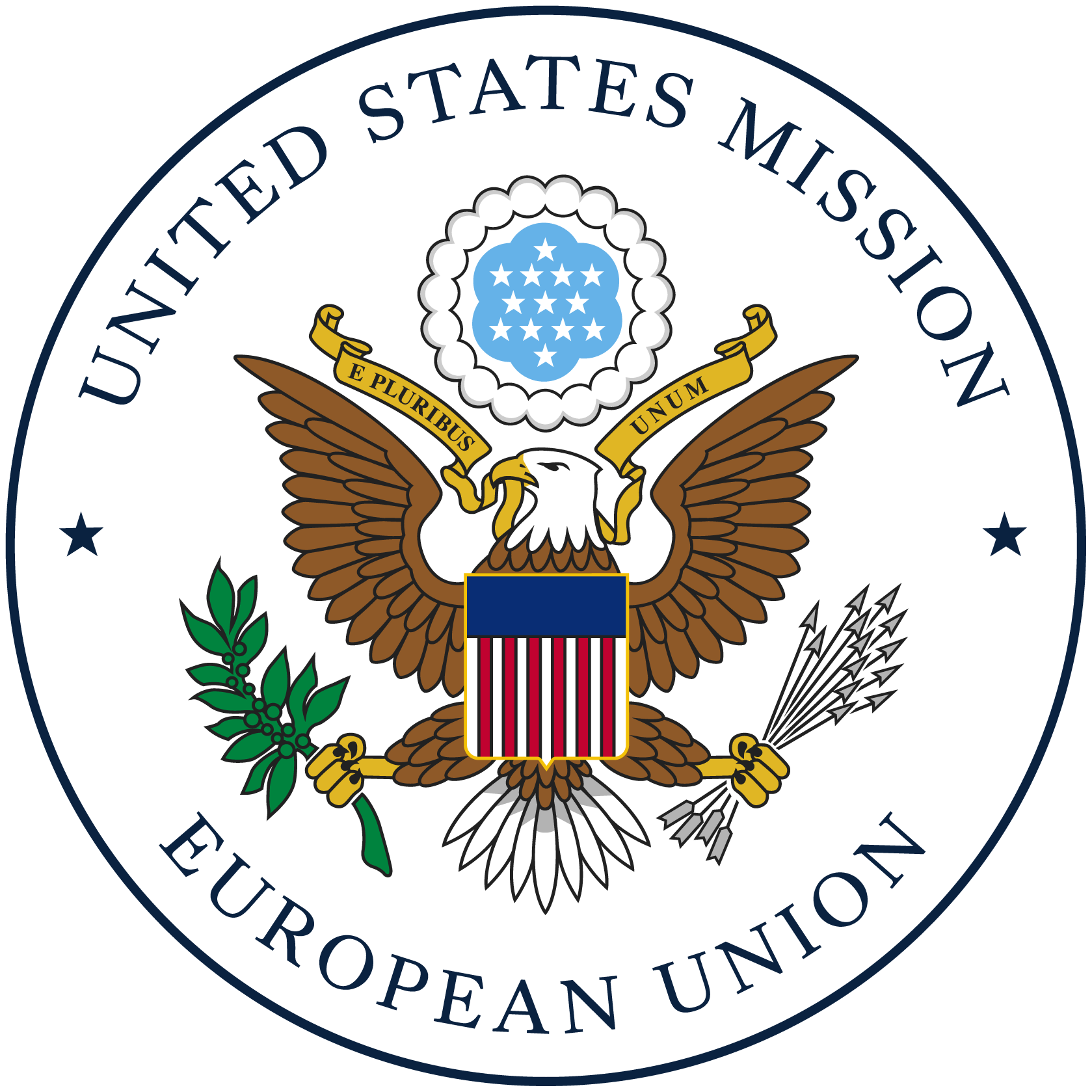Tariffs
Tariff Rate Quotas
The GATT negotiations in the Uruguay Round of 1994 resulted in import concessions under reduced tariff, or so-called tariff-rate quota (TRQ), which allow imports of fixed quantities of a product at a lower tariff. Once the quota is filled, a higher tariff is applied on additional imports. WTO members may also establish autonomous TRQs at any time. Hence, many countries have been granted import concessions within the scope of bilateral or regional free trade agreements (FTA’s). EU preferential duty rates for specific products can be found in the European Commission’s online customs database.
Detailed rules on the opening and administration of specific TRQs are published in the EU’s Official Journal. Each TRQ has a 6-digit order number to identify specific conditions such as quantity, start/end date in the relevant legislation. The EU allocates TRQs to importers using import licenses issued by the member states’ national authorities. Only companies established in the EU may apply for an import license. Council Regulation 717/2008 establishes a Community procedure for administering quantitative quotas. Community rules on the administration of TRQs for agricultural products managed by a system of import licenses are set out in Council Regulation 1301/2006.
Preferential market access to EU markets is also given to developing countries through trade agreements like the Everything-But-Arms agreement (EBA) for all least developed countries and through the European Partnership Agreements (EPA) with former colonies in Africa, the Caribbean and the Pacific (ACP). These agreements provide duty-free and quota-free EU market access for almost any product. An overview of the EU’s bilateral and regional trade agreements can be found on DGTrade’s webpage.
EU Import Duties
The EU is a customs union which means that 28 Member State customs administrations implement the Union Customs Code. These common rules cover all aspects of trade with third countries. All the Member States apply the same tariff on goods imported from outside the EU. The import duty rate is determined by the classification of a good in the EU Tariff Schedule (last update published in Official Journal L 282 – Oct. 31, 2017) and by the customs value.
For the customs classification of goods, the EU uses the Combined Nomenclature (CN) established by Council Regulation 2658/87. This eight-digit coding system is based on the Harmonized System (HS) which is also the basis for the import and export codes used by the U.S. The first six digits refer to the HS-headings, the following two digits represent the CN subheadings. The CN 8-digit coding system is structured as follows:
- HS Chapter – 2 digits, e.g. “Chapter 18 Cocoa and Cocoa Preparations”
- HS Heading – 4 digits, e.g. “1806 chocolate and other food preparations containing cocoa”
- HS Subheading – 6 digits, e.g. “1806 10 cocoa powder, containing added sugar or sweetening matter”
- CN Subheading – 8 digits, e.g. “1806 10 15 cocoa powder containing no sucrose or less than 5% by weight of sucrose”
“TARIC” is the acronym for the “Integrated Tariff of the European Communities” and was introduced at the same time as the CN coding system. The codes used are a further breakdown of the CN codes to the 10-digit level. The TARIC contains information on tariff quotas, all third country and preferential duty rates, tariff suspensions and other trade measures. TARIC does not have the status of a legal instrument but its 10-digit codes must be used in customs declarations. The EU’s online customs database can be consulted to look up commodity codes and relevant import duties. Agricultural, food and fishery products are listed under chapters 1 to 24.
In general, import tariffs applied to goods imported into the EU are ad valorem tariffs calculated as a percentage of the product’s value. However, processed products are subject to additional duties based on the percentage of sugar, milk fat, milk protein and starch in the product. Commission Regulation 900/2008 lays down analytical methods and other technical provisions to calculate the starch/glucose and sucrose/invert sugar/isoglucose content in processed products. These calculations are used to determine the additional duties on flour and sugar in processed products. Fruits and vegetables are subject to seasonal duties (entry price system). Title IV, Chapter I of Commission Regulation 543/2011 sets out rules for importing fruits and vegetables into the EU.


